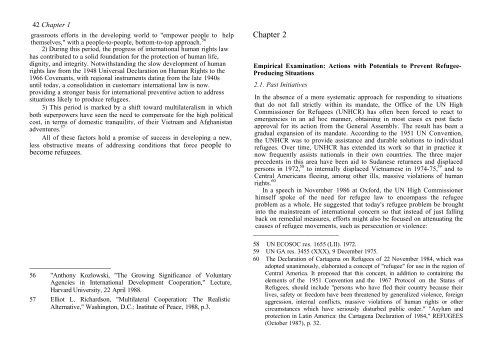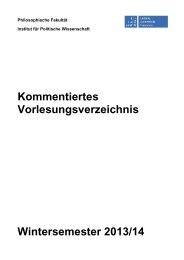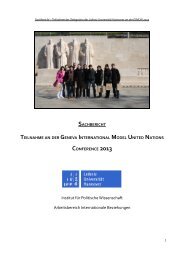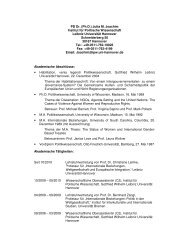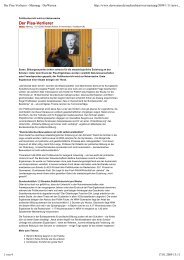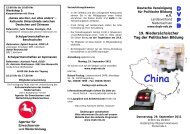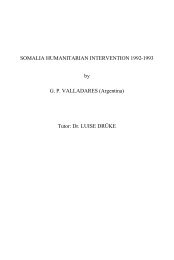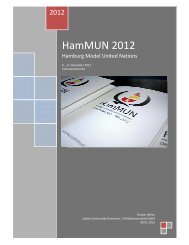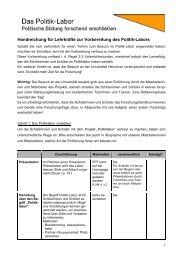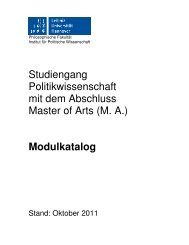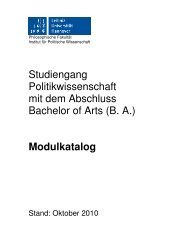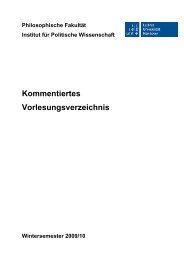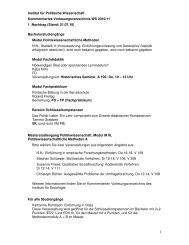Preventive Action for Refugee Producing Situations
Preventive Action for Refugee Producing Situations
Preventive Action for Refugee Producing Situations
Create successful ePaper yourself
Turn your PDF publications into a flip-book with our unique Google optimized e-Paper software.
42 Chapter 1<br />
grassroots ef<strong>for</strong>ts in the developing world to "empower people to help<br />
themselves," with a people-to-people, bottom-to-top approach. 56<br />
2) During this period, the progress of international human rights law<br />
has contributed to a solid foundation <strong>for</strong> the protection of human life,<br />
dignity, and integrity. Notwithstanding the slow development of human<br />
rights law from the 1948 Universal Declaration on Human Rights to the<br />
1966 Covenants, with regional instruments dating from the late 1940s<br />
until today, a consolidation in customary international law is now.<br />
providing a stronger basis <strong>for</strong> international preventive action to address<br />
situations likely to produce refugees.<br />
3) This period is marked by a shift toward multilateralism in which<br />
both superpowers have seen the need to compensate <strong>for</strong> the high political<br />
cost, in terms of domestic tranquility, of their Vietnam and Afghanistan<br />
adventures. 57<br />
All of these factors hold a promise of success in developing a new,<br />
less obstructive means of addressing conditions that <strong>for</strong>ce people to<br />
become refugees.<br />
______________________<br />
56 "Anthony Kozlowski, "The Growing Significance of Voluntary<br />
Agencies in International Development Cooperation," Lecture,<br />
Harvard University, 22 April 1988.<br />
57 Elliot L. Richardson, "Multilateral Cooperation: The Realistic<br />
Alternative," Washington, D.C.: Institute of Peace, 1988, p.3.<br />
Chapter 2<br />
Empirical Examination: <strong>Action</strong>s with Potentials to Prevent <strong>Refugee</strong>-<br />
<strong>Producing</strong> <strong>Situations</strong><br />
2.1. Past Initiatives<br />
In the absence of a more systematic approach <strong>for</strong> responding to situations<br />
that do not fall strictly within its mandate, the Office of the UN High<br />
Commissioner <strong>for</strong> <strong>Refugee</strong>s (UNHCR) has often been <strong>for</strong>ced to react to<br />
emergencies in an ad hoc manner, obtaining in most cases ex post facto<br />
approval <strong>for</strong> its action from the General Assembly. The result has been a<br />
gradual expansion of its mandate. According to the 1951 UN Convention,<br />
the UNHCR was to provide assistance and durable solutions to individual<br />
refugees. Over time, UNHCR has extended its work so that in practice it<br />
now frequently assists nationals in their own countries. The three major<br />
precedents in this area have been aid to Sudanese returnees and displaced<br />
persons in 1972, 58 to internally displaced Vietnamese in 1974-75, 59 and to<br />
Central Americans fleeing, among other ills, massive violations of human<br />
rights. 60<br />
In a speech in November 1986 at Ox<strong>for</strong>d, the UN High Commissioner<br />
himself spoke of the need <strong>for</strong> refugee law to encompass the refugee<br />
problem as a whole. He suggested that today's refugee problem be brought<br />
into the mainstream of international concern so that instead of just falling<br />
back on remedial measures, ef<strong>for</strong>ts might also be focused on attenuating the<br />
causes of refugee movements, such as persecution or violence:<br />
_________________________<br />
58 UN ECOSOC res. 1655 (LII). 1972.<br />
59 UN GA res. 3455 (XXX), 9 December 1975.<br />
60 The Declaration of Cartagena on <strong>Refugee</strong>s of 22 November 1984, which was<br />
adopted unanimously, elaborated a concept of "refugee" <strong>for</strong> use in the region of<br />
Central America. It proposed that this concept, in addition to containing the<br />
elements of the 1951 Convention and the 1967 Protocol on the Status of<br />
<strong>Refugee</strong>s, should include "persons who have fled their country because their<br />
lives, safety or freedom have been threatened by generalized violence, <strong>for</strong>eign<br />
aggression, internal conflicts, massive violations of human rights or other<br />
circumstances which have seriously disturbed public order." "Asylum and<br />
protection in Latin America: the Cartagena Declaration of 1984," REFUGEES<br />
(October 1987), p. 32.


